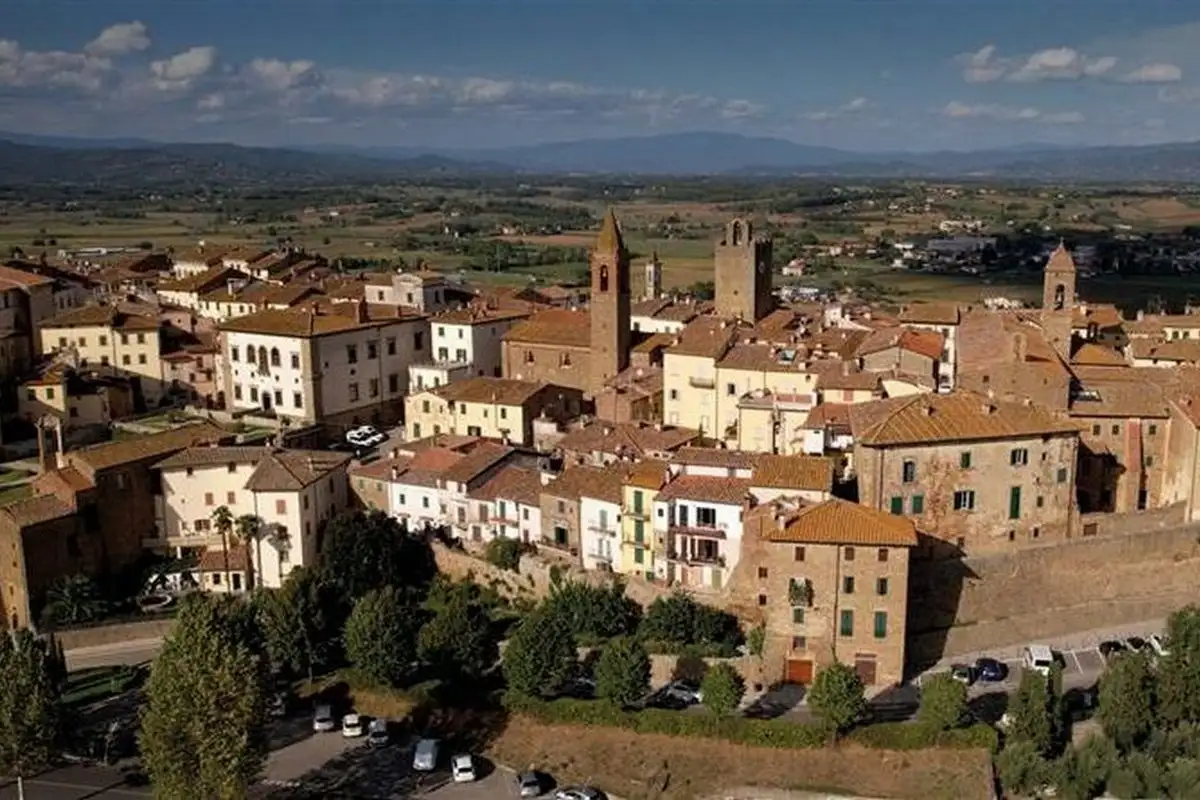
The “Maggiolata” in the Countryside of Monte San Savino and Lucignano
The Maggiolata has always been a cherished tradition in the countryside around Monte San Savino and Lucignano — a celebration of the arrival of spring and the beauty of nature. Its origins are undeniably pagan: since Etruscan times, the central figure of the celebration was Mother Earth, especially in these lands without sea or major rivers.
In the past, this is how it worked: at Podere Pendolino, joyful songs and melodies echoed through the air as groups of young men and women visited the farmhouse. The girls wore beautiful flower crowns on their heads, and together they celebrated the coming of spring, bringing festive wishes for a bountiful harvest. The group usually consisted of four or five people: a Capomaggio who led the singing, one or two playing the accordion or bright-sounding cymbals, sometimes dancing with youthful, flower-adorned bodies, and one carrying a basket to collect eggs, sweets, or wine offered as gifts. With what they gathered, a shared dinner was prepared for all.
According to tradition, the groups arrived during the night of April 30 and May 1, or at least in the early days of May. The event was also known as Calendimaggio (or cantar maggio), and it was the perfect occasion to sing the famous stornelli — rhymed folk songs that some elders still pass on to younger generations with good will.
If they asked for a gift of ham, they might sing:
“A noi dateci il prosciutto,
pregheremo per il porcello,
che vi venga grosso e bello
e la ghianda è dappertutto.
A noi dateci il prosciutto…”
A fun fact: Calendimaggio could last up to two weeks, and it often led to more than a bit of drinking. The Church didn’t look kindly on this pagan festivity, and partly to counteract the revelry, May was declared the month dedicated to the Virgin Mary, with Christians encouraged to pray the rosary daily.
